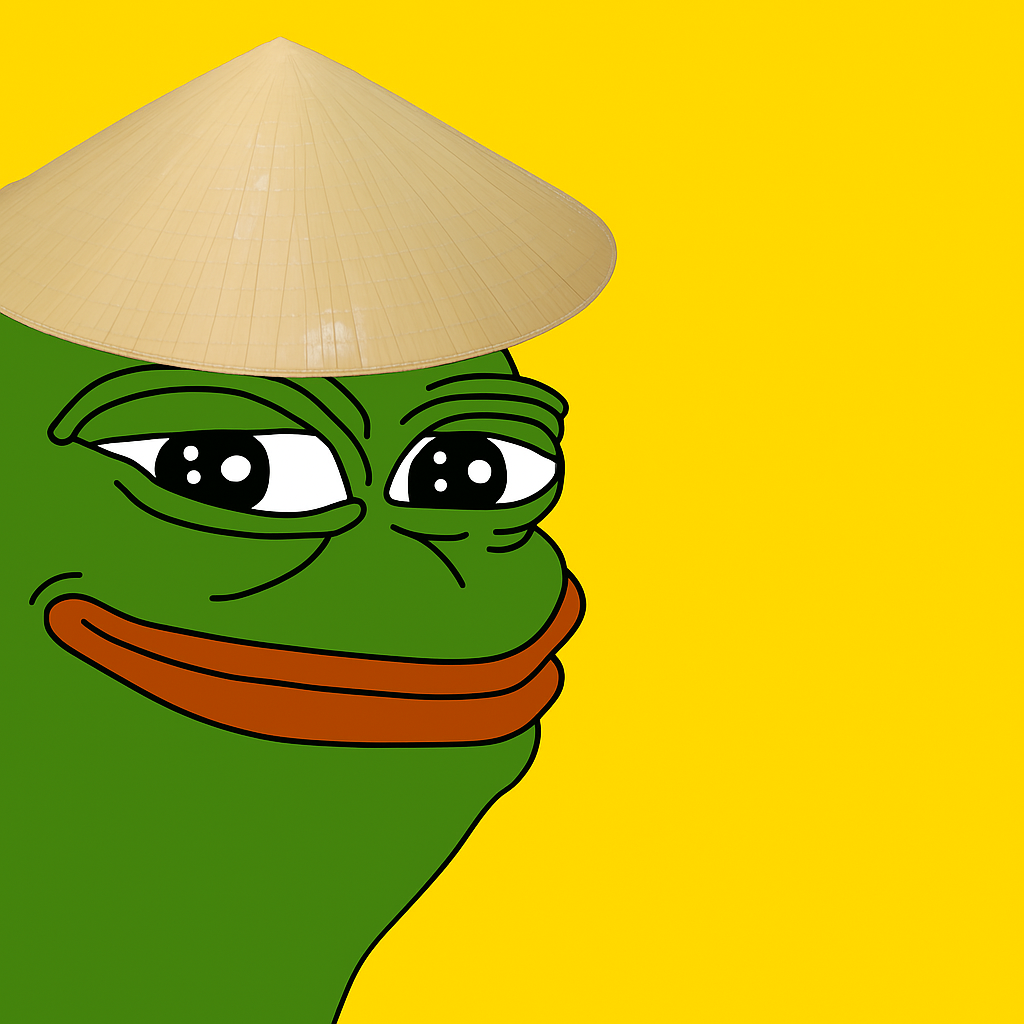You are using an out of date browser. It may not display this or other websites correctly.
You should upgrade or use an alternative browser.
You should upgrade or use an alternative browser.
A
aop21sd
New Member · 39
- Tham gia ngày
- Hoạt động cuối
Tường nhà Hoạt động Bài đăng Giới thiệu
-
Hiện tại không có tin nhắn trong hồ sơ của aop21sd
-
Đang tải…
-
Đang tải…
-
Đang tải…
Nhật ký mới nhất
Shine the charm with our Haldi Jewelery Set , which will add on to the colorful Haldi ritual. This handmade set comes in a perfect traditional flair with elaborate flower decorations.
Enjoy heritage by completing your beautiful Haldi Jewelery set for Bride , that will make your special moment fabulous and stylish. Compact, exquisite and trim suit made of floral print, this set is sure to be a great match to your Haldi attire. Enchant your pre-wedding radiance with this exquisite hand design jewelery set created especially on the bride.
Turkish Airlines offers travelers from Los Angeles more than just a flight — it offers a premium travel experience. And the Turkish Airlines Los Angeles office is where that experience begins.
For travelers in Australia who demand comfort, convenience, and global connectivity, Qatar Airways is more than just an airline — or reconnecting with family abroad, the Qatar Airways Sydney office is your first stop for expert guidance, personalized service, and peace of mind.
The dexterity, the exquisite petals, the detailed work, and the bold colors are what makes each piece blossom with a fresh feminine grace to an outfit. Flower jewelry sounds perfect in order to bring to the fore a slight sense of elegance or to make a striking statement and combine the ideas of conventional romance and contemporary fashion.





